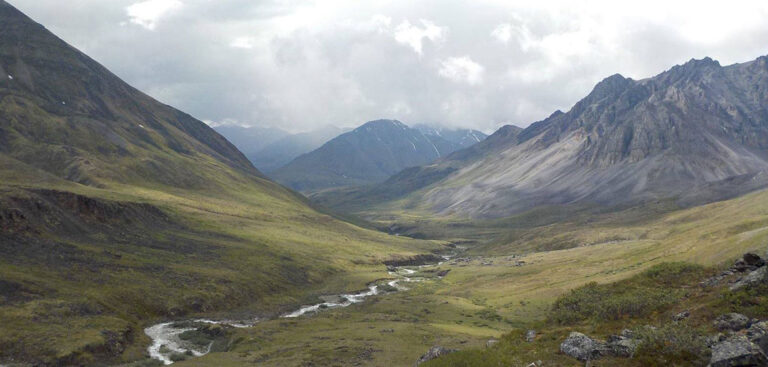Record melting of the Greenland ice sheet; exceptionally warm average temperatures and massive loss of sea ice. These are just some of the numerous geophysical and biological changes that scientists have observed in the Arctic region in 2019.
Their observations have been collected together in the Arctic Report Card, an annual volume of original, peer-reviewed environmental observations and analysis of the region produced by NOAA.
The 2019 report card, the 14th so far by the US government agency, provides a clear view of the drastic impact climate change is having on the polar north.
The report card, which was compiled by 81 scientists from 12 countries, offers updates on seven key measures of climate change in the region: land surface air temperature; snow cover; the state of the Greenland Ice Sheet; sea ice loss; sea surface temperature; Arctic Ocean primary productivity (the amount of algae and plankton produced through photosynthesis); and the greening of Arctic tundra.
Its findings included that the average annual land surface air temperature for the region between October 2018 and August 2019 reached its second warmest level since 1900. It also found that the Greenland Ice Sheet is losing nearly 267 billion metric tons of ice annually resulting in a yearly 0.7mm rise in global average sea-levels.
Meanwhile, Arctic sea ice extent at the end of summer 2019 was tied with 2007 and 2016 as the second lowest since satellite observations began in 1979. The report found that as North American Arctic snow cover dropped in May 2019 to its fifth lowest level in 53 years of record, and in June to its third lowest, Arctic tundra greening continues to increase, particularly in Alaska, mainland Canada and the Russian Far East.
The report also noted the impact all this is having on human and wildlife populations in the region. For example, in the Canadian Arctic the ivory gull has seen its numbers drop by 70% since the 1980s. Meanwhile, in a bid to capture the human toll, the report featured an essay by a group representing indigenous communities in the Bering Sea, where sea ice extent and maximum winter ice cover were at their second- and seventh-lowest levels respectively this year.
Announcing the report Timothy Gallaudet, deputy undersecretary of commerce for oceans and atmosphere at NOAA, said, “The speed and trajectory of the changes sweeping the Arctic, many occurring faster than anticipated, makes NOAA’s continued investment in Arctic research and activities all the more important.”



